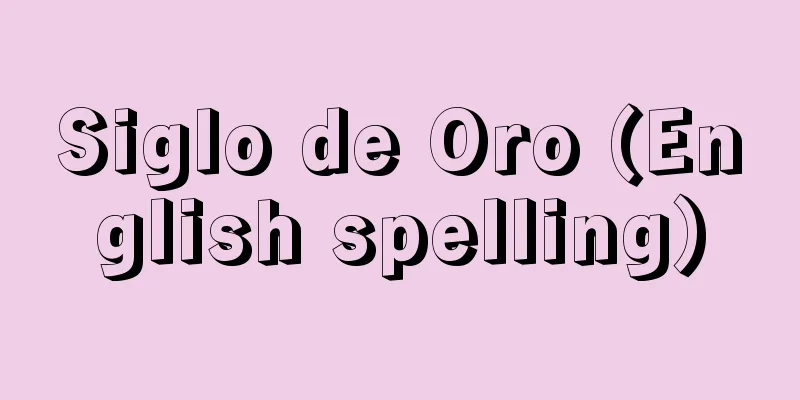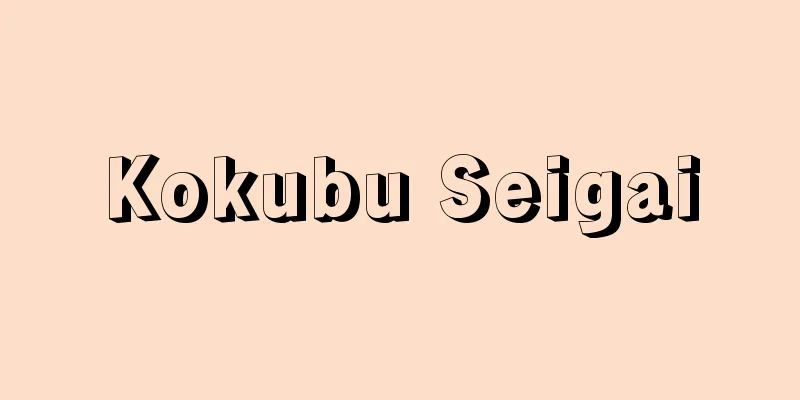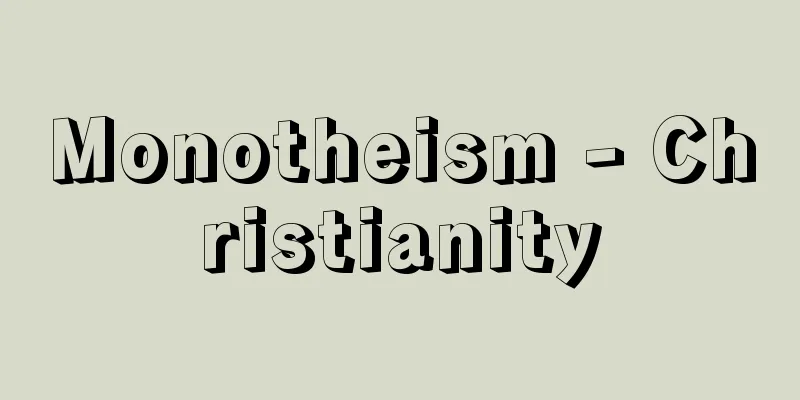Siglo de Oro (English spelling)

|
…It generally refers to the period from the 16th century to the first half of the 17th century, when Spain dominated Europe, America, and Asia, and was one of the great powers of Western Europe. From the perspective of cultural history, this period is called the Golden Age of Spain, or Siglo de Oro. The term "Spanish Empire" was coined later, and the Spanish kings of that time commonly referred to their territories as the Catholic Kingdom, Monarquía católica. *Some of the terminology that mentions "Siglo de Oro" is listed below. Source | Heibonsha World Encyclopedia 2nd Edition | Information |
|
…一般に16世紀から17世紀前半にかけて,ヨーロッパ,アメリカ,アジアの諸地域を支配し,かつ西ヨーロッパの列強に伍したころのスペインを指す。そして文化史の視点からは,この時代はスペインの黄金の世紀Siglo de Oroと呼ばれる。なお,〈スペイン帝国〉とは後世に造られた呼称であって,当時のスペイン王は自分の版図をカトリック王国Monarquía católicaと呼び慣らわした。… ※「Siglo de Oro」について言及している用語解説の一部を掲載しています。 出典|株式会社平凡社世界大百科事典 第2版について | 情報 |
Recommend
coxed pairs
…Originally it means a small boat. However, it is...
Trollhatt (English spelling)
…It is 93 km long. The nearby Trollhätt waterfall...
NEC Law - NEC Law
...This is the Harber-Bosch process (IG process)....
Extraterritoriality - Chigaihoken (English spelling)
Under international law, in principle, foreigners...
One-step revolution - ichidan kaikakumei
...a debate within the Marxist camp from the late...
Kim Dae-jung
South Korean politician and 15th president. Born ...
Niacin
...(3) Excess Riboflavin is said to be harmless e...
Borromini, Francesco
Born: September 25, 1599 in Bissone [Died] August ...
Aetobatus narinari (English spelling) Aetobatusnarinari
...They give birth to 5-8 young in the summer. Th...
Blue coral - Aosango (English spelling)
A marine animal belonging to the order Coelentera...
Mount Mizugaki
This mountain is located in the western part of t...
Beach swimsuit
A general term for clothing worn by men and women ...
Shekhinah (English spelling)
It is a Hebrew word meaning "to dwell" o...
Genus: Ukigoke
...It grows by repeatedly branching into two bran...
Augmented reality wing - Augmented reality wing
…The main power drift systems that have been used...

![Henan [Province] - Kanan](/upload/images/67cb3ac8a26dc.webp)







